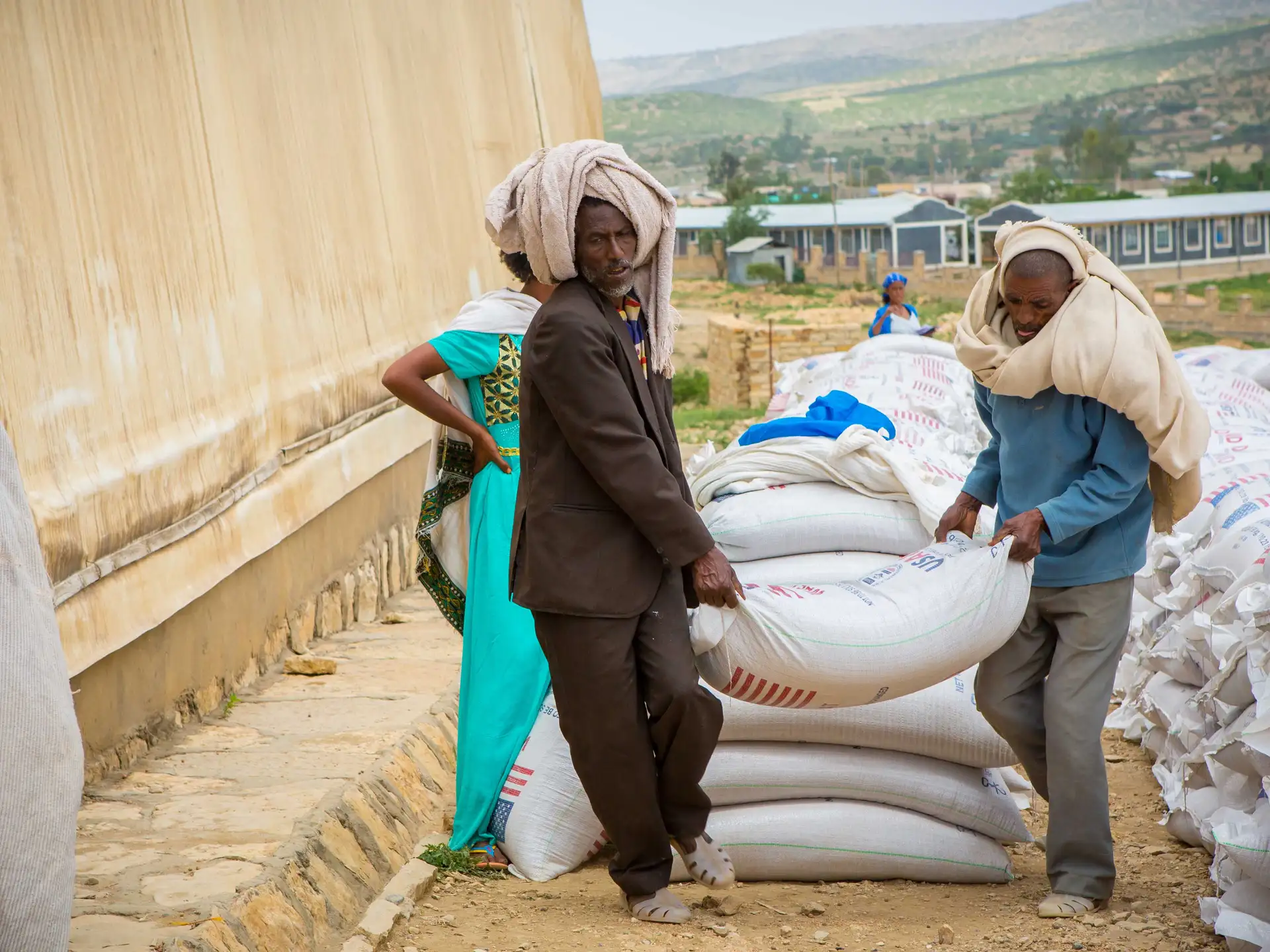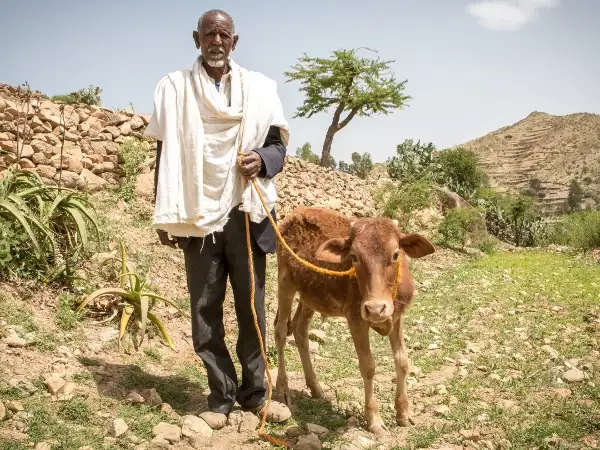World Food Crisis
Together, we can reach out with love to help our sisters and brothers around the world who are facing extreme hunger through no fault of their own.


Ethiopia hunger crisis: an emergency food distribution in the northeast of the country (Credit: Louise Norton)
Over 10 million women, men and children in Ethiopia currently face a hunger crisis due to food shortages caused by severe drought.
This food insecurity crisis, described by UN General Secretary, Ban Ki-moon as “The worst drought in 30 years,” threatens the most vulnerable people.
10.2m people are in need of emergency food right now
1.5m children, pregnant and breastfeeding women are in need of supplementary feeding
400,000 children need treatment for acute to severe malnutrition
2m people are in need of emergency water, sanitation and hygiene.
The Ethiopian government has worked with international agencies to develop strong early-warning systems. They have saved countless lives in the past because they are able to warn about droughts and crises like these. So, why, with so many excellent safeguards, is there a hunger crisis?
The UN’s World Meteorological Organisation warned last November that the current El Niño is the strongest in more than 15 years and will cause severe droughts and devastating flooding throughout the tropics and sub-tropical zones of the planet.
Farmers in Ethiopia usually keep a small reserve from their harvest to see them through droughts. With two failed rains, farmers don’t have a reserve to fall back on.
While El Niño is the major cause of this crisis, the long-term effects of climate change are also a factor. More erratic and extreme weather in recent years has made it more difficult for the poorest communities in not just Ethiopia, but around the world to grow harvests to feed themselves.
Food insecurity – a lack of food to feed yourself and your family – has a knock-on effect: if a farmer can’t grow enough, they then buy food from a market. During a severe drought like the one in Ethiopia, markets are often short of food and so have to import products, which are often more expensive. This means people have to buy what they can at inflated prices. And with little work around, there is very little money, so many homes in Ethiopia face severe food shortages.
Animals are also suffering in this terrible drought. Their body weight has dropped, so livestock is fetching less at the market. For farmers in Ethiopia and in other countries around the world, animals are savings accounts. To sell them is a severe act and to get very little is devastating.
Through no fault of their own, some farmers have not diversified their crops over the years. This may be because they only know how to grow staples, they don’t have access to different seeds, or they don’t understand different farming techniques. Relying on a single crop can leave a farmer vulnerable to the impact of extreme weather.
Watch CAFOD's Nana Anto-Awuakye give an update on the Ethiopian drought:
Elder Baraki Gebrai-Woldu (82) lives in Sebeya, northeast Ethiopia. A highly respected figure in the community, he is known as “The teacher”. He taught at the local school and today still serves as a catechist for the Holy Trinity parish in Sebeya. He is highly respected in the community.


CAFOD is appealing for urgent funds for Ethiopia to respond to the devastating food shortage.
He remembers a green Sebeya as a child.
“When I was a child I only remembered good harvests: people had enough food to eat, and cattle had plenty to eat.”
“It used to rain in March and April for weeks, now we see the rains last only two to three days, it’s a big difference.
“Not one farmer in the area has harvested a kilo of grain, not a husk for the cattle."
Because of a short rain fall last month, parts of the area have sprouted green shrubbery, but this rain is not enough to hold back the drought.
“Don’t be fooled by the green foliage, Sebeya does not have the rain it needs; Sebeya has nothing."
Together, we can reach out with love to help our sisters and brothers around the world who are facing extreme hunger through no fault of their own.